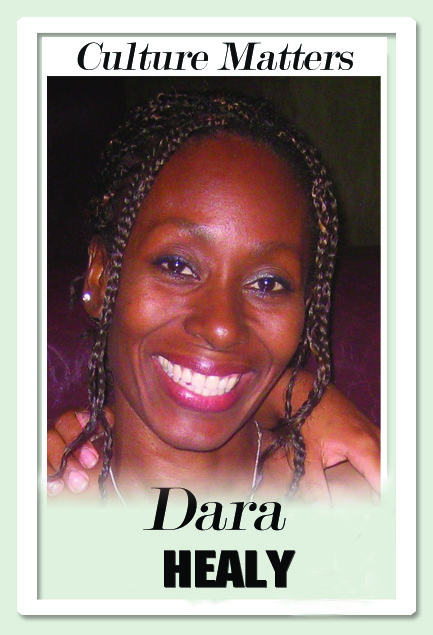Regal, ancient midnight robber and moko jumbie

Culture Matters
Jumbie Carnival
THE MOKO jumbie peers out from behind his ancestral face covering. Mama Yemoja ebbs gently back and forth before his gaze. Over the centuries, she and Mama Oya destroyed as many of the ships as they could with their wind, rain and towering waters. The Africans who jumped overboard to escape the whips and chains were gently laid to rest in the impenetrable darkness of the ocean floor. The moko extends one long leg and heads towards the Caribbean. This jumbie, this spirit, is coming to keep us safe.
In the Carnival space, the moko jumbie – zumbi, spirit of the dead – is still one of the most misrepresented portrayals. The moko is a deity, one the leaders of an ancient secret society, hence the threat of bringing down the “vengeance of moko” on the head of someone who has done you wrong. J’Ouvert morning. Ever wondered why the moko has to be there, looking over the mud and ritual covering of self?
For the African, the mask represents a portal to another time and place. It creates a link, an opening between worlds. One cannot go into a store and just purchase a mask for a moko zumbi. The art of carving the mask from wood is now rare, but natural materials – raffia, burlap or crocus bag – are required for a proper activation of the portrayal. Otherwise you are wasting time.
And then there is the ritual. Mas is not just mas. If we were not so disconnected from ourselves, we would remember that. Mas is spirit and although we talk about playing mas, it is not a game. The energies must be appeased; in the Orisa yard they understand that when you call them, they come. We need to pour libation and ask permission, beg pardon for our ignorance and arrogance. Humbly remember that as the moko crosses over from Nigeria and Ghana to Port of Spain, Kingston, Port-au-Prince and Louisiana, something is brought, something remains.
In east Port of Spain, Belmont, Dry River, La Cour Harpe and areas where the Africans settled, they created and took part in Carnival. The yard was the cosmic space of creativity, producing baby doll, dame Lorraine, pierrot and the others. It “is very likely that...bands of African juju warriors, moko jumbies, black Indians, Congo and Shango bands” were the ones who portrayed the traditional masquerade at Carnival time.
J’Ouvert. Dawn. In the chilly air, the midnight robber whirls and turns. He blows his whistle, that long plaintive sound, to get your attention. His wide leg pants and gun betray influences from American movies. But think. His speech, his dance, his fringed hat and cape have nothing to do with that culture. Cowboys famously are creatures of very few words. Yet the midnight robber readily gives speeches extolling his power and prowess in battle. “...I brought hell to a ruin that caused Lucifer’s wife to take things to heart and die in despair, then I came back to this civilised world with one million pounds in solid virgin gold...I struggled to master the earth. I braved the sea, I pierced the jungle. I scaled the mountain. I conquered the desert ...”
In explaining certain elements of the midnight robber portrayal, researchers point to the griot tradition of the “Igbo, Yoruba and Kongo peoples.” The griots were often respected advisers to royalty, famed for the vast knowledge they carried in their heads. Many ancient songs told of war between royalty and the development of civilisations. Indeed, the fringed hat of the midnight robber is said to resemble “indigenous icons of chieftaincy such as the beaded tassels hanging from certain kings’ crowns among the Yoruba.”
Regrettably, the legacy of enslavement and persistent demonisation of the masquerade changed boastful tales of regal conquest into demonic tales of self-hate. “When I was the age of three, my mother, she whispers to me, and said, ‘Son, what would you like to be your occupation?’ I say, ‘Ma, take me to the dark and dismal jungle of Africa,’ where then I became a robber.”
The midnight robber whirls, trying to remember his royal origins. In 2021, we have a responsibility to research our portrayal of the masquerade and refrain from repeating negative, imperialist views of our culture. J’Ouvert. We cover ourselves in ritual remembrance of that moment of creation. In the chilly dawn air, the moko jumbie walks, each step a portal straddling space and time. The day opens. Carnival is here.
Dara E Healy is a performance artist and founder of the Indigenous Creative Arts Network – ICAN


Comments
"Regal, ancient midnight robber and moko jumbie"